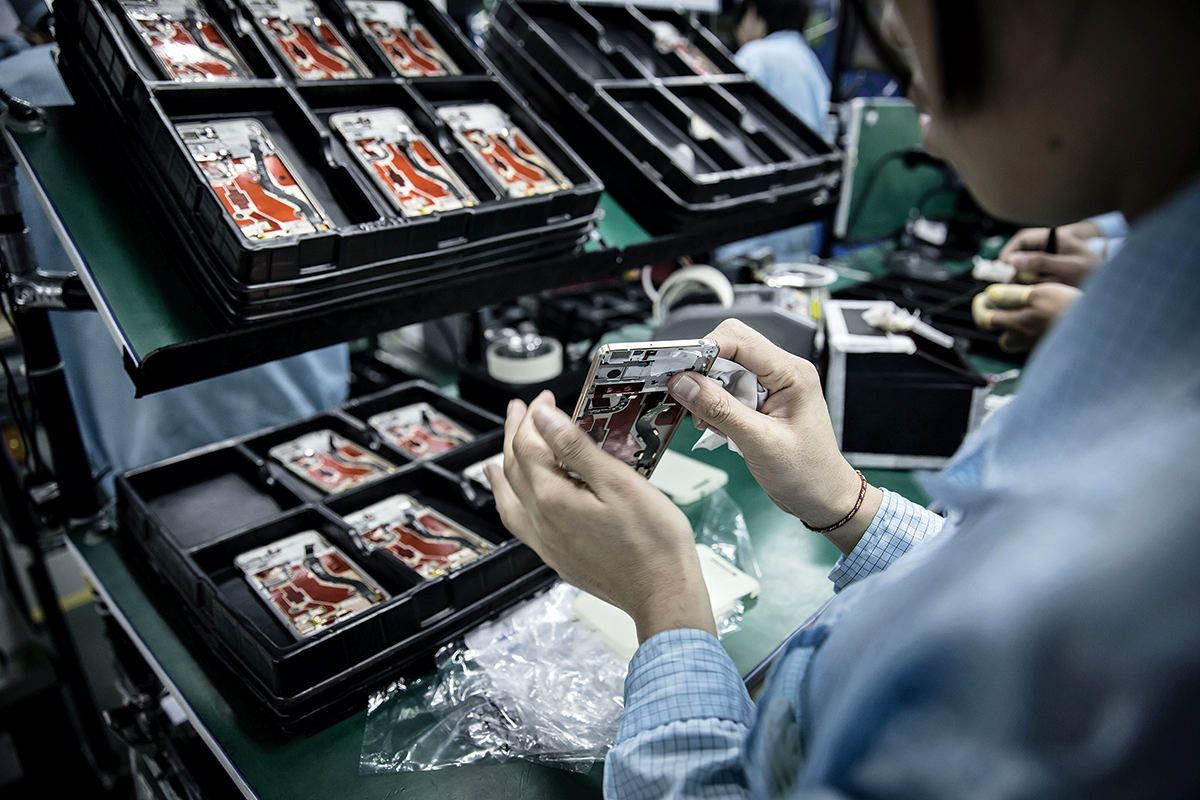Technology can be awkward. Our pockets are weighed down with ever-larger smartphones that are a pain to pull out when we’re in a rush. And attempts to make our devices more easily accessible with smartwatches have so far fallen flat. But what if a part of your body could become your computer, with a screen on your arm and maybe even a direct link to your brain?
Artificial electronic skin (e-skin) could one day make this a possibility. Researchers are developing flexible, bendable and even stretchable electronic circuits that can be applied directly to the skin. As well as turning your skin into a touchscreen, this could also help replace feeling if you’ve suffered burns or problems with your nervous system.
The simplest version of this technology is essentially an electronic tattoo. In 2004, researchers in the US and Japan unveiled a pressure sensor circuit made from pre-stretched thinned silicon strips that could be applied to the forearm. But inorganic materials such as silicon are rigid and the skin is flexible and stretchy. So researchers are now looking to electronic circuits made from organic materials (usually special plastics or forms of carbon such as graphene that conduct electricity) as the basis of e-skin.







